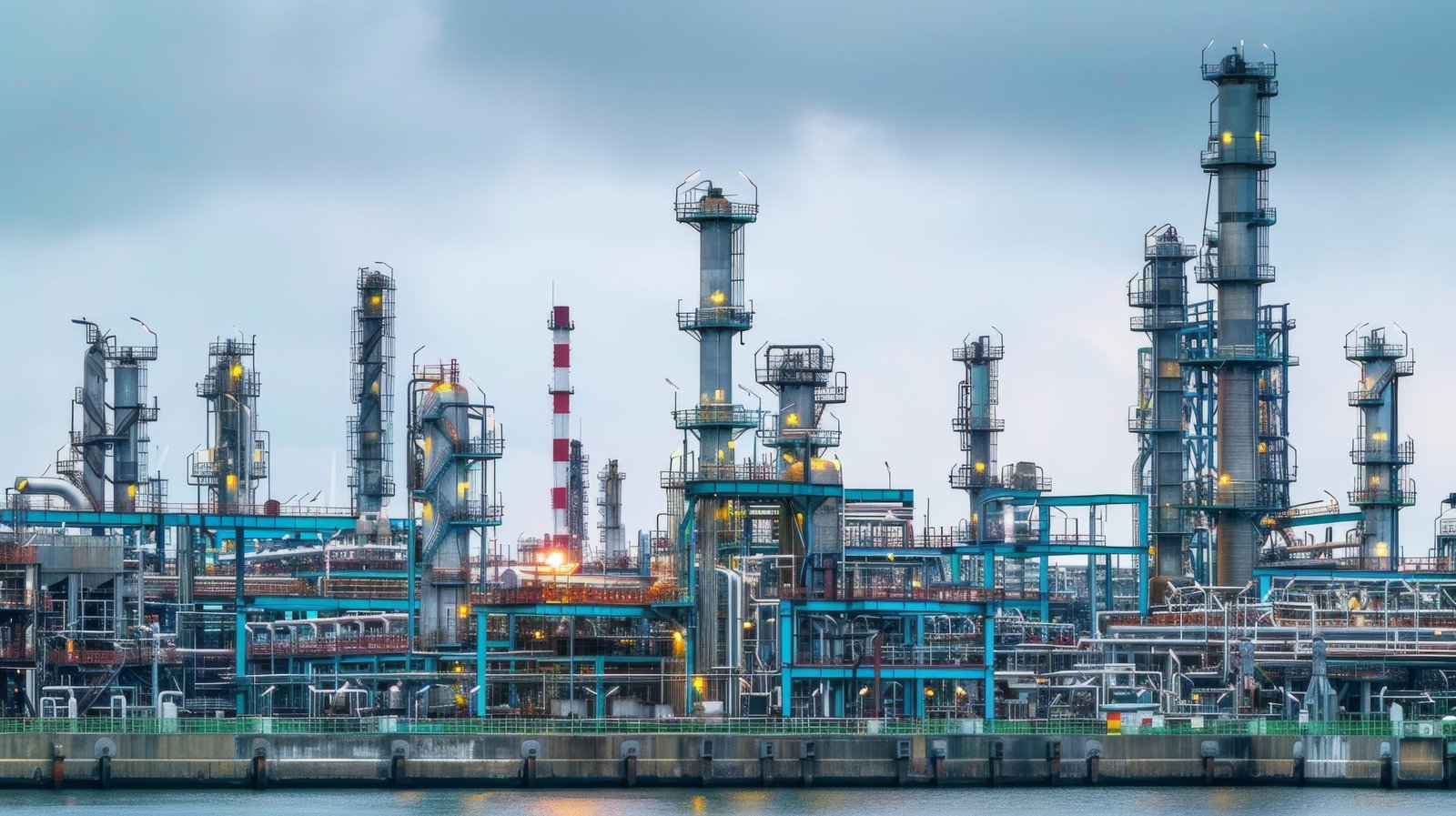Enhanced Resource Tracking in Oil and Gas
A prominent organization in the oil and gas sector, this company operates as a subsidiary of a major energy corporation governed by national authorities. Headquartered in a key commercial hub, the company holds a substantial market share among public sector enterprises and is supported by a robust marketing infrastructure. With the parent corporation holding a majority stake, the company has received global recognition, ranking on the Fortune Global 500 list in 2016 among the world's largest corporations.
‘It has streamlined our workflow, increased efficiency, and saved us valuable time and resources’- Head of Operations
Transforming Asset Oversight for Complete Lifecycle Control
- The company aimed to establish a comprehensive tracking system for the entire resource lifecycle—from creation to disposal—along with critical inventory management for spares, consumables, and project materials.
- To enable a fully digital, end-to-end process, they required an RFID solution capable of tagging and registering approximately one million physical items—including spares, consumables, and project materials—across multiple nationwide locations.


Precision Tagging with Explosion-Proof RFID Technology
- A detailed inventory of resources was compiled from the company
- Resources were categorized based on characteristics to streamline RFID tagging.
- Tags were designed to match resource categories.
- Resources were tagged according to type (e.g., metallic, non-metallic).
- Due to hazardous gases, explosion-proof RFID tags were implemented.
- Explosion-proof handheld RFID readers were supplied for hazardous zones, and Bluetooth RFID readers were provided for non-hazardous areas.
Unmatched Efficiency and Visibility for Enhanced Asset Management
- A centralized management system offers comprehensive tracking and traceability of all resources.
- Reduced manual intervention lowers the risk of human errors.
- Time for auditing and reconciliation is significantly decreased compared to traditional manual methods.
- Audit duration is notably reduced.
- The system produces detailed reports on resource lifecycle, location tracking, depreciation, critical work requests (CWR), consumables, service maintenance, and administrative tasks to facilitate efficient auditing.


